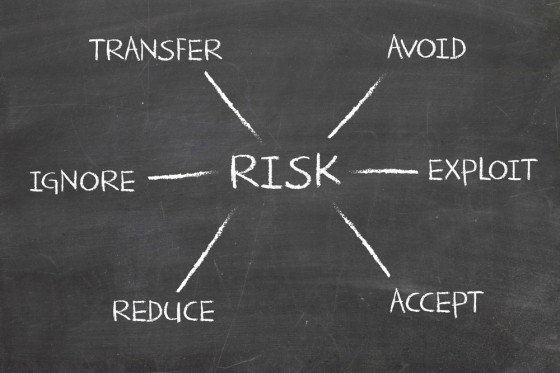Keeping insurance costs down is a priority for risk managers, but with the total cost of risk up 5% since last year, according to the newly released RIMS Benchmark Survey, this task has become increasingly difficult. One risk manager at a live web event last week said he is looking closely for coverage overlaps in his international operations.
A key finding of the 2013 RIMS Benchmark Survey, released this month, was that the average total cost of risk (TCOR) for all companies increased 5%, from $10.19 per ,000 of revenue to $10.70 per $1,000 of revenue – the result of hard market conditions.
The drivers of these increases were global catastrophes, including the tsunami/earthquake in Japan, flooding in Australia and Thailand, and earthquakes in New Zealand and Turkey – which impacted property rates, explained Wesley DuPont, executive vice president and general counsel at Allied World.
On the casualty side, “There has been an uptick in loss severity,” DuPont said. “Claims that had previously settled for less than $5 million were settling for more than $5 million.”
Danny Holtsclaw, director of risk and insurance for the Wildlife Conservation Society, said he is working to keep the cost of risk down by examining duplication of coverage globally. “There has to be an internal review on the risk manager’s side to make sure we don’t have overlapping coverage and if we do, we try to minimize that as much as possible,” he said.
He is also “getting back to the basics of loss control,” by doing “what we do best internally to mitigate the risks we have.” But at the same time, “as our premiums and our cost of risk are growing, we’re looking to our risk partners – not only our carriers, but also our brokers.”
Despite all efforts to evaluate exposures for accuracy, however, at renewal time underwriters are requesting “better data.” Meanwhile, Holtsclaw said, “I’m giving the best data I have, but it’s still not enough.”
What’s more, at midyear renewals, “if you’re adding particular exposures, there seems to be more supervisory underwriting review,” he said, adding that “Sometimes a handshake is not necessarily a handshake – you have to wait for validation to come back. I’m seeing that for the first time in the last year.
”
Bobby Bowden, executive vice president, marketing and communications with Allied World said that risk managers can get a better response from insurers by having thorough knowledge of their business and industry. “To come in and know your business inside-out gives us a better understanding,” he said. Better understanding allows the underwriter to price properly, “and ultimately the best deal is the result of that communication,” he added.
What Holtsclaw looks for from carriers is, “for those experts to become an added extension of my team, to help implement our risk management goals.
” Because at the end of the day, “I’m having to do more with less and I’m trying to take advantage of those resources.”
Companies with advanced enterprise risk programs are proving to have an advantage, said Carol Fox, director for strategic and enterprise risk practice for RIMS. “We found a correlation in a study we did a number of years ago, that companies with better ERM programs had better credit ratings.
So it’s not just the insurance piece, but making the organization more efficient overall and protecting the value of the organization.”


Risk Management is an interesting thing. When you start to look at it from a strategic standpoint, you reduce risk while making better business decisions and see improvements in places where you might not expect them.